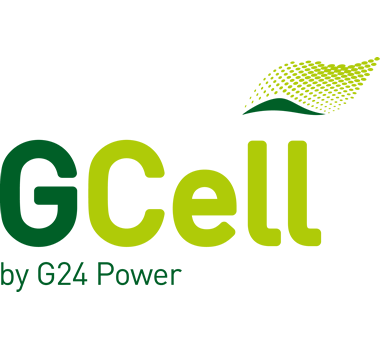Quite frankly, I think for this application (ultra lightweight cellphone charger), the use of the typical p-n junction cell should be replaced with an entirely different solar cell:
The DSSC, or Dye Sensitized Solar Cell. Already in things like solar keyboards, etc:
Use these and you may not have to play with so many tricks to get the efficiency to where you want it with pnjunction panels. There are quite a few videos explaining how DSSC cells work. Put simply, "artificial photosynthesis" should ring a bell amongst the nature crowd. These are real things, and didn't just come about yesterday.
In fact, perhaps one of their backpacks might even be an off-the-shelf solution, unless you want to diy it with their own cells. THIS is the direction I'd head for this ultra-light application.
The DSSC, or Dye Sensitized Solar Cell. Already in things like solar keyboards, etc:
Use these and you may not have to play with so many tricks to get the efficiency to where you want it with pnjunction panels. There are quite a few videos explaining how DSSC cells work. Put simply, "artificial photosynthesis" should ring a bell amongst the nature crowd. These are real things, and didn't just come about yesterday.
In fact, perhaps one of their backpacks might even be an off-the-shelf solution, unless you want to diy it with their own cells. THIS is the direction I'd head for this ultra-light application.

Comment